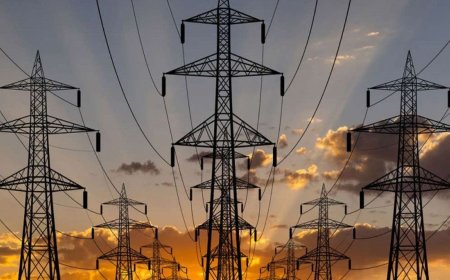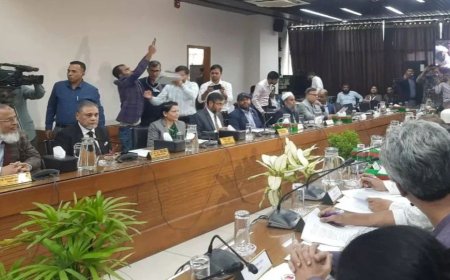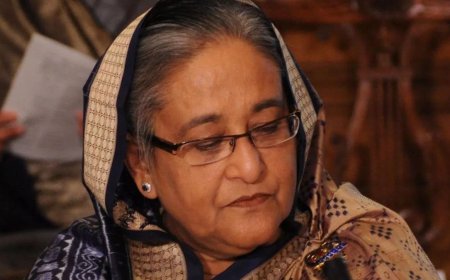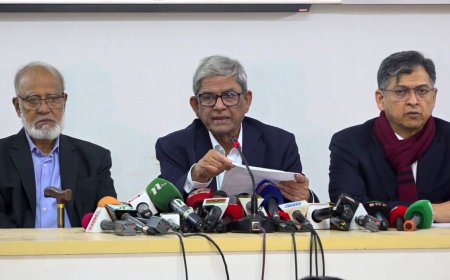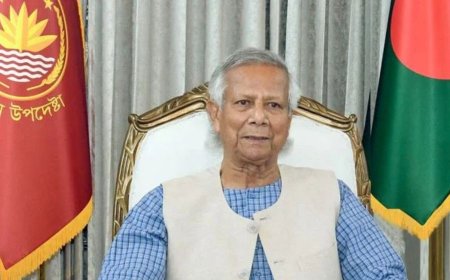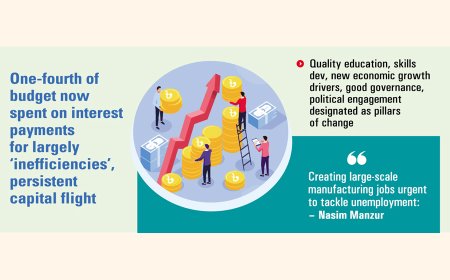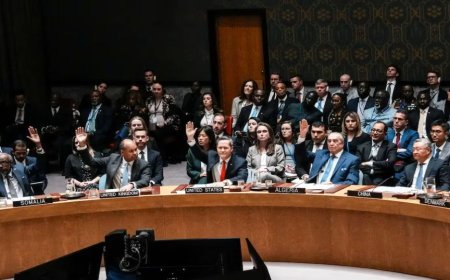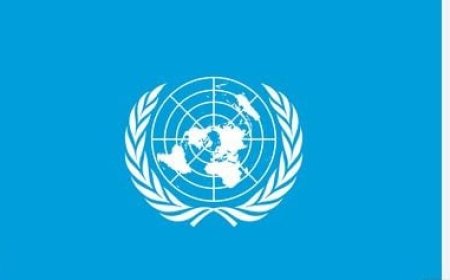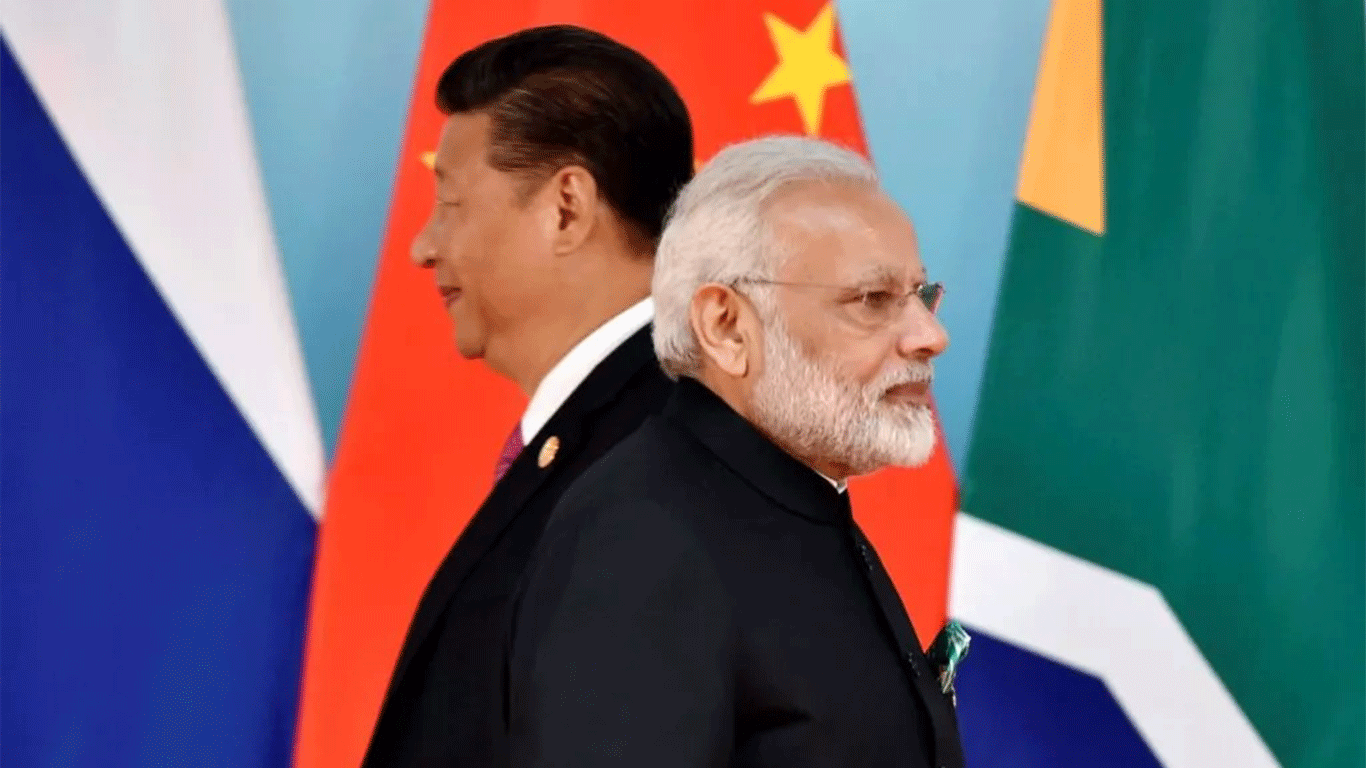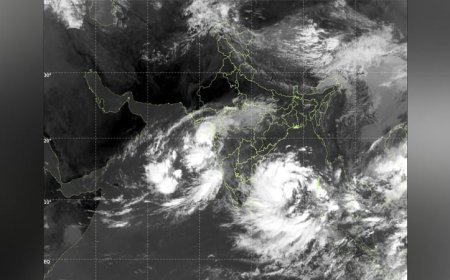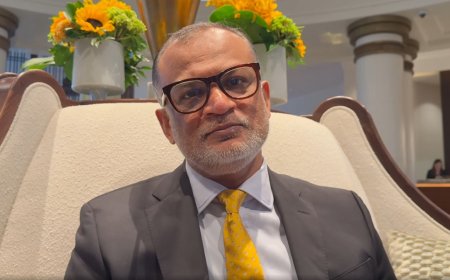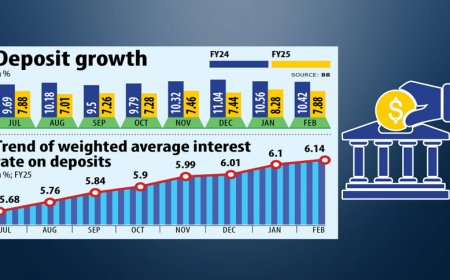Are increasing exports and remittances the solution?
Are increasing exports and remittances the solution?

December has brought some encouraging news! Remittances reached a record high, bringing the total for the 2024 calendar year to $26.87 billion. Exports also saw a significant boost, with the annual figure rising to $50 billion. These two key pillars of Bangladesh's economy—exports and remittances—offer some temporary relief, easing pressure on the country’s external accounts. This development may also help stabilize the forex market, which has been a source of economic volatility due to increased imports following the easing of COVID-19 restrictions and the economic impacts of Russia’s invasion of Ukraine in early 2022.
The pressing question now is whether this growth in exports and the resurgence of remittances can break the cycle of economic stagnation. Will this momentum breathe new life into the hundreds of factories catering to export and domestic markets in Dhaka, Chattogram, and other regions?
The answer largely depends on maintaining political stability and law and order, as the recent export growth demonstrates buyers' confidence in Bangladesh's capabilities and competitiveness. Import payments will also play a critical role, says Khondaker Golam Moazzem, research director at the Centre for Policy Dialogue (CPD).
“Increased inflows from remittances and exports will support import payments, but the overall flow is still insufficient. This is why the taka continues to lose value against the dollar,” Moazzem explained.
The taka, which had stabilized for several months under a crawling peg system, came under renewed pressure over the past two weeks. In response, Bangladesh Bank raised the crawling peg rate to Tk 119 per US dollar earlier this week, up from Tk 117.
As a result, the taka weakened further in the interbank and retail markets in Dhaka yesterday, depreciating to Tk 122 per US dollar—a 1.66 percent drop from the previous day. Over the past year, the currency has devalued by 10.9 percent, according to Bangladesh Bank.
Moazzem emphasized the need to monitor foreign fund flows closely. Although the World Bank has provided some assurances and the International Monetary Fund is expected to release another tranche of loans, the disbursement of foreign loans has been slow.
“There are backlogs in payments to foreign companies, and profit repatriation has also been sluggish,” he noted.
“To improve the external payment situation, we need higher inflows of remittances and exports, and this growth must outpace current levels. Import restrictions cannot be eased yet, as the overall flow remains insufficient,” he added.
Imports fell 10.6 percent year-on-year in FY 2023-24, and during the July-October period, they grew only marginally—by one percent. The decline in the import of capital machinery and intermediate goods signals a slowdown in fresh investments.
Investors remain hesitant to commit to new projects, citing concerns about the current political climate and the lack of an investment-friendly environment.
“Restoring macroeconomic stability should be the immediate priority. We are not yet in a position to shift into growth acceleration mode,” Moazzem concluded.
What's Your Reaction?







